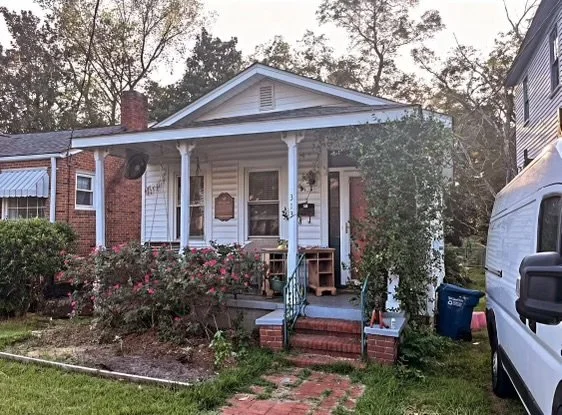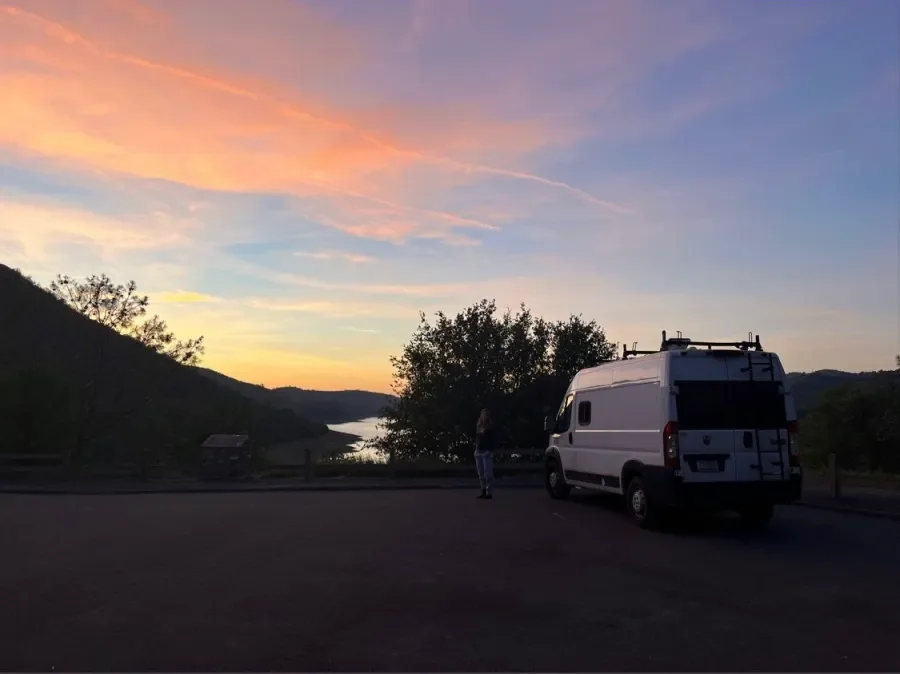

About
I’m a North Carolina writer and editor with four younger siblings, a revolving door of foster dogs, and a perfect pimento cheese recipe. I received an MFA in Creative Writing from UNCW and work as a managing editor at a marketing agency. I live in Wilmington, where I surf, hang out on porches, and meander through swamps with my husband and dog. My work has appeared in The Southeast Review, Salamander Magazine, The Shore, and other journals.

Published work
Poetry
“Reincarnation” — Pembroke Magazine, Issue 55
“Still Life with Apples” — Salamander Magazine, Issue 55
“The flame opens like a hand” — The Shore, Issue 8
“All Velvet” — Atlanta Review, Vol. XXVII, No. 1
“Celebration” — Southeast Review, Issue 38.2
Prose
Southern Review of Books — Review of Sleepovers by Ashleigh Bryant Phillips.
CharlotteFive — Interview with Lisa Koons
Bella Magazine—“Tales from New Zealand.”
Salem Times-Register — “Salem Museum hosting ‘Against the Grains’ art exhibit.”


















